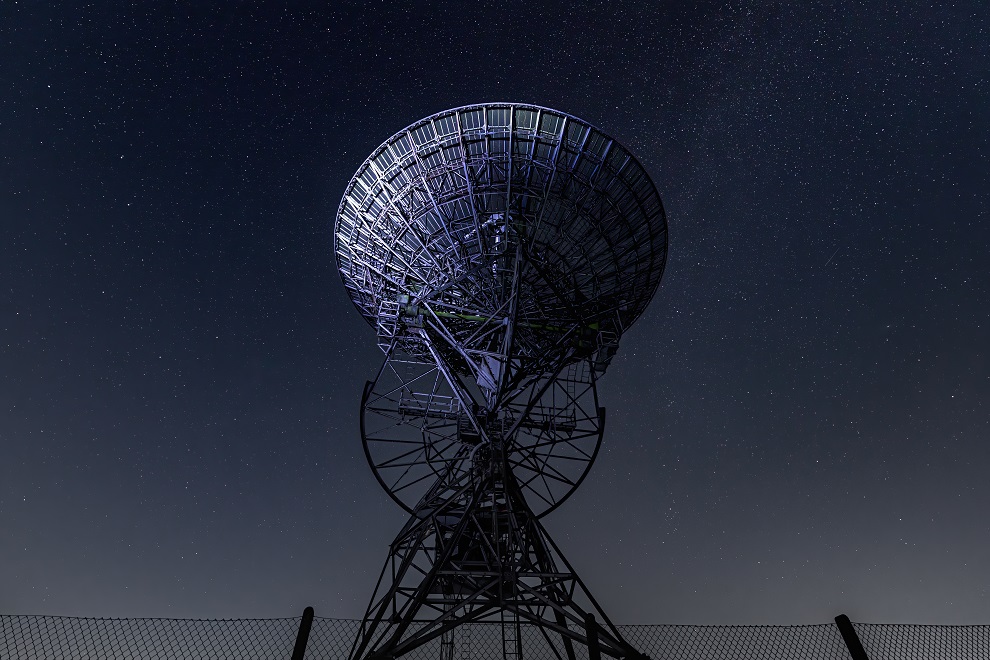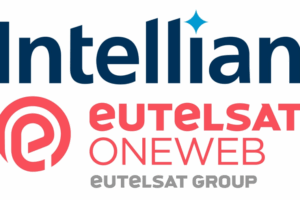QuadSAT has announced the ability of its drone system to emulate orbital passes of a LEO or MEO satellite as seen from the antenna on the ground. This patent-pending technology means that the system can generate virtual passes from any direction and at any elevation angles to perform tracking tests, wherever the antenna is located.
Added as a compliment to the existing antenna measurement in a box solution, this system has been equipped to fly precise, time dependent, and on demand passes, helping to extend the test scenarios further. Thanks to TLE generation tool, the system users can continually emulate passes of interest in a controlled environment, resulting in a holistic verification approach of antenna tracking.
The payload on the drone is further enhanced to act as a satellite transponder. The payload interacts with the antenna under test by transmitting a modulated carrier towards the antenna-modem system. The payload also can receive and demodulate or store IQ files for future post processing.
Thanks to utilisation of RTK (Real Time Kinematics) GNSS technology, QuadSAT is able to ensure centimeter positional accuracy for these highly dynamic applications.
With this feature, QuadSAT is able to create an on-demand simulation environment to test and verify the antenna pointing offset across its operational range, verify the antenna tracking capability, and test real life operational scenarios. Rather than waiting for specific passes, the user can generate these on-the-go.
Andrian Buchi, CTO, QuadSAT, commented: “When launching a new constellation, satellite operators need to ensure that the ground segment is installed correctly and calibrated prior to launch. By simulating exact passes and beaming the signal directly on the target antenna, we can enable them to avoid unforeseen delays that occur when the antenna is unable to acquire the live satellite. While it is possible to test using existing LEO/MEO satellites, beam pointing is limited to only where that constellation has users or gateways. Even when a constellation is up and running, this system delivers much more flexibility, ensuring repeatable test procedures and antenna qualification methods.”
The system is also designed to enable antenna manufacturers to test exact operational scenarios before delivering a product to their customers.
The payload is able to simulate Doppler shift, as well as signal variations due to distance path loss or atmospheric attenuation. It can be used as a site acceptance tool test to establish system offsets, verify tracking and prove system reliability. Various other test scenarios could also be programmed, such as simulation of rain fade or launch and acquisition of a new satellite.
LEO / MEO tracking support is now available within the existing QuadSAT system. QuadSAT will be exhibiting at Space-comm from 7th – 8th June on Stand M3












